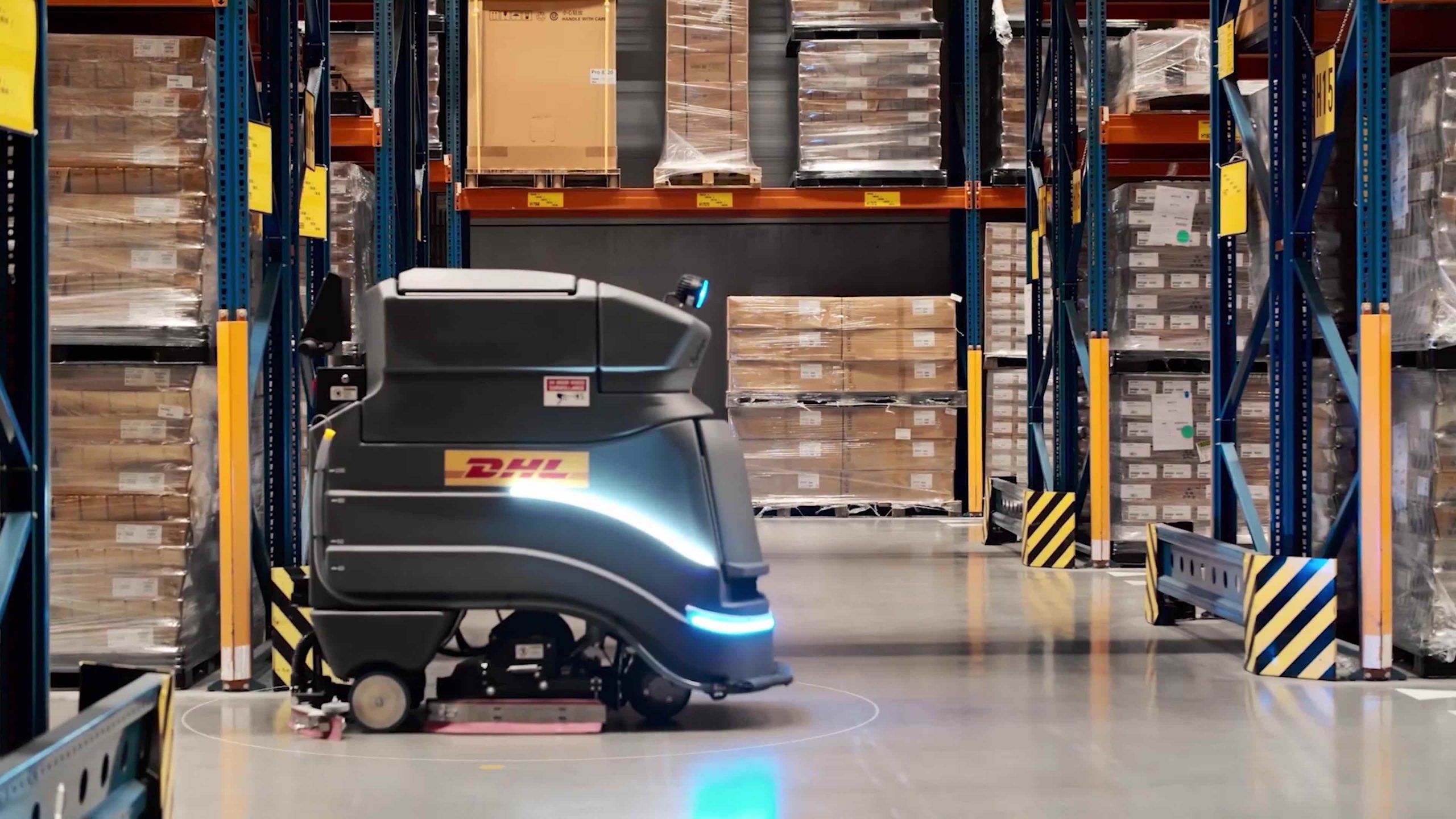
A new study from Juniper Research found that the number of businesses using asset tracking solutions will reach 90m this year, and exceed 114m by 2025.
This represents a growth of 27% over the next five years. Asset tracking solutions enable enterprises to track cargo from dispatch to final destination; allowing increased transparency and more accurate delivery date estimations.
The new research, Fleet Tracking & Logistics: Key Challenges & Strategic Recommendations 2020-2025, found that this growth in adoption will be driven by the need to increase resilience in supply chains, as the ongoing COVID-19 pandemic highlights the need for real-time data on location and delays to logistics operations.
It identified low-cost connectivity technologies, such as RFID (Radio-Frequency Identification) and LPWA (Low-Power Wide-Area) networks as key technologies that will enable logistics operations to achieve this.
China to Dominate the Asset Tracking Market
The report forecasts that China will lead the asset tracking market; generating $3bn of spend in 2020. This figure will increase to $11bn by 2025; representing 34% of the total global spend. China’s dominant role as a global exporter, combined with a strong base of IoT deployments, means that China will strengthen its position during the increasing acceleration to eCommerce as a result of COVID-19.
Expectations from Western consumers on the traceability of assets will drive Chinese manufacturers and logistics operators to implement asset tracking solutions. Failure to provide up-to-date tracking information will lead customers to source alternative suppliers, even if this comes at a higher price.
Asset Tracking to Drive Return on Investment
The research forecasts that $33bn will be spent on asset tracking in 2025 globally; up from $10bn in 2020. Investment in tracking solutions provides enterprises with a strong return on investment, through the improvement of customer experiences and reduction of attrition. Small enterprises that rely on customer retention to offset initial onboarding costs will find these solutions particularly beneficial.

